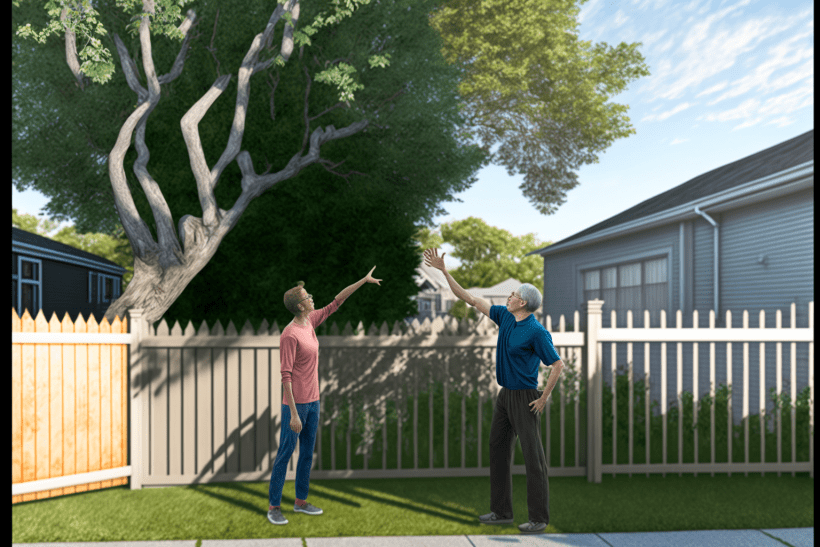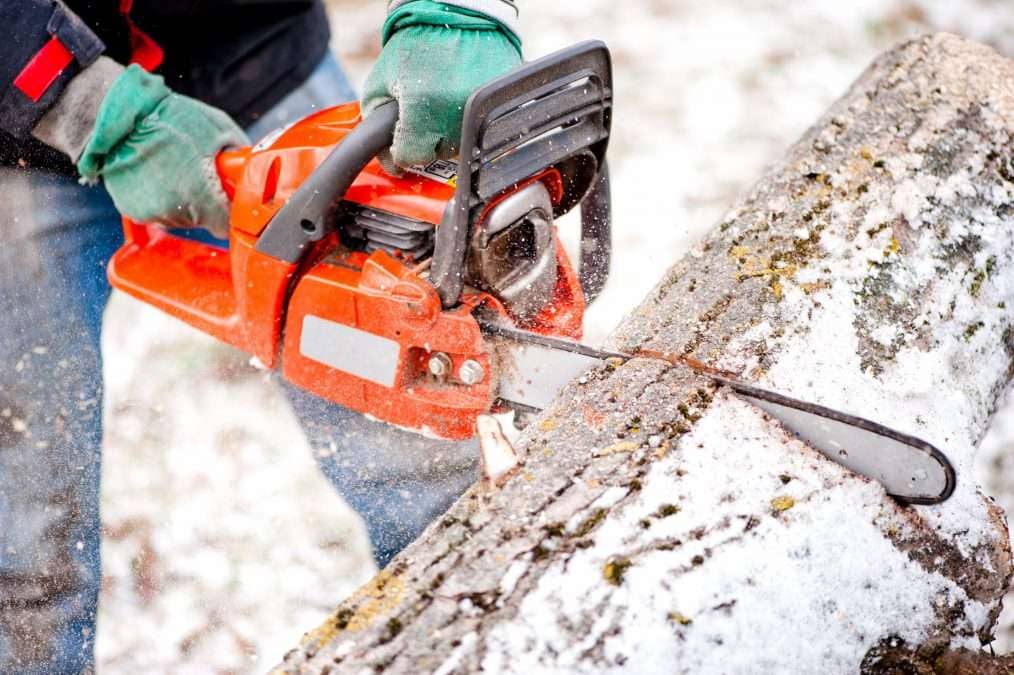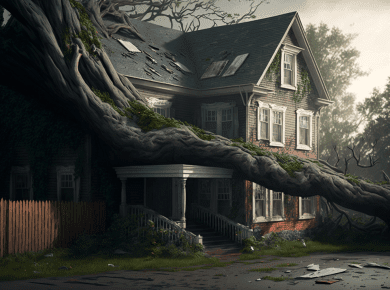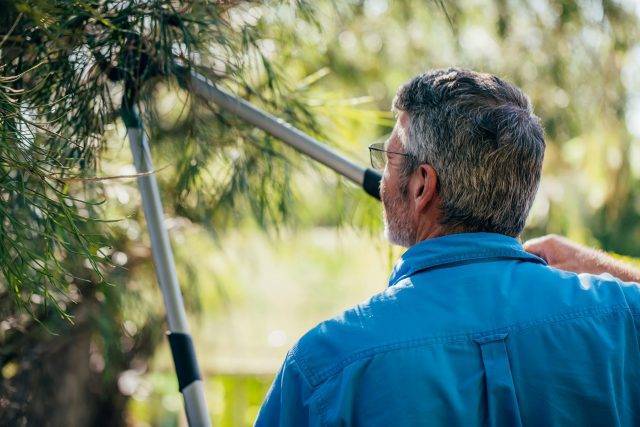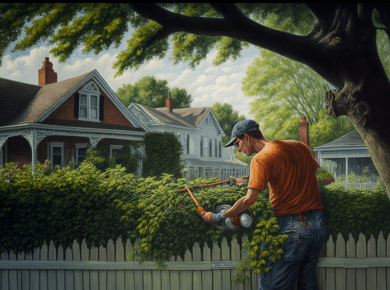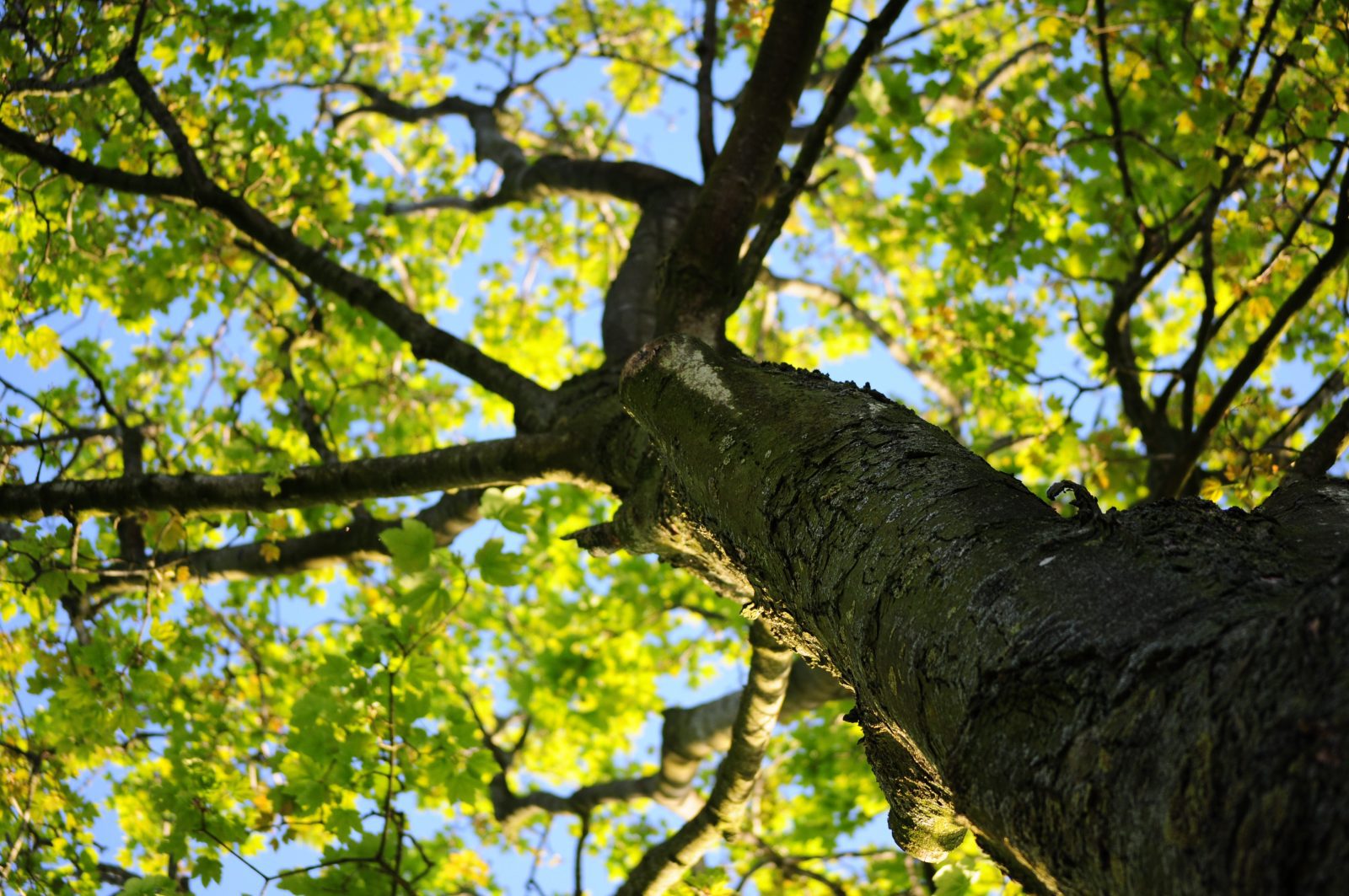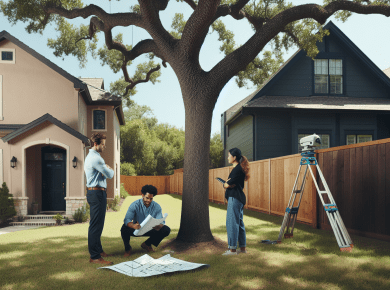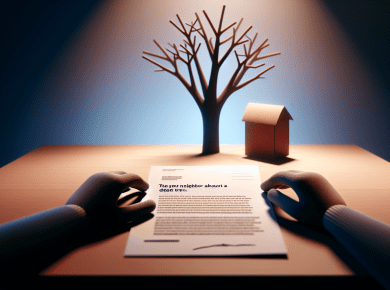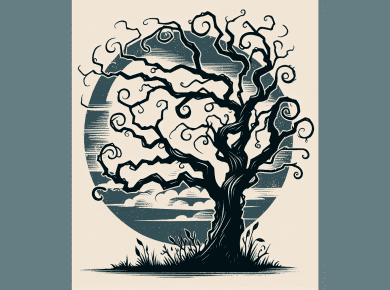Table of Contents
If you’re concerned about a tree on your neighbor’s property that poses a danger to your home or family, it’s understandable that you may be feeling frustrated and unsure of what to do.
In this guide, we’ll explore the steps you can take if you’re dealing with a dangerous tree on your neighbor’s property, including how to address the issue with your neighbor, what to do if you can’t reach a resolution, and what legal options may be available to you.
Assessing the Danger
The first step in addressing a dangerous tree on your neighbor’s property is to assess the level of danger it poses. Some signs that a tree may be dangerous include:
- Visible cracks or splits in the trunk or branches
- Dead or decaying branches
- Leaning at an unusual angle
- Overhanging your property
- Obstructing a street or sidewalk
If you notice any of these signs, it’s important to take caution and avoid getting too close to the tree. If you’re concerned about the tree falling or causing damage to your property, you should also consider taking steps to protect yourself, such as moving your car or keeping a safe distance from the tree.
Notifying Your Neighbor
Once you’ve assessed the danger of the tree, the next step is to notify your neighbor. It’s important to approach this conversation in a calm and respectful manner, as your goal is to find a solution that works for both of you. You may want to explain your concerns about the tree and suggest options for addressing the issue, such as trimming the tree or removing it altogether.
If you’re able to reach a resolution with your neighbor, it’s a good idea to document any agreements in writing, such as a letter or email, to ensure that both parties understand their responsibilities.
Contact a tree expert
If your neighbor is unwilling or unable to address the dangerous tree, you may need to seek help from a tree expert. An arborist can assess the tree and determine if it poses a risk to your property or the community.
If the arborist determines that the tree is dangerous, they can provide a written report that you can use as evidence in further action.
Consider legal action
If all other efforts to address the dangerous tree have failed, you may need to consider legal action. An experienced lawyer can help you understand your rights and options and assist you with the legal process. In some cases, you may be able to seek compensation for any damages caused by the tree.
If you’re dealing with a dangerous tree on your neighbor’s property and need legal guidance, we recommend reaching out to us. We can connect you with an experienced lawyer in your area who can help you navigate the legal process.
If you have concerns about a tree on your neighbor’s property that you believe poses a danger to you or your property, you have a few options.
First, it’s a good idea to try and address the issue with your neighbor directly. You may be able to come to an agreement on how to address the dangerous tree, such as having it trimmed or removed.
If you are unable to reach a resolution with your neighbor, you can contact your local municipality or homeowners association. They may have regulations in place for dealing with dangerous trees on private property.
If you are still unable to find a solution, you may want to consider seeking legal action. In these cases, it’s important to have a clear understanding of your rights and options.
We recommend reaching out to us to connect you with an experienced lawyer in your area who practices in these types of cases. They can help you understand your legal options and assist you in taking the necessary steps to address the dangerous tree on your neighbor’s property.
